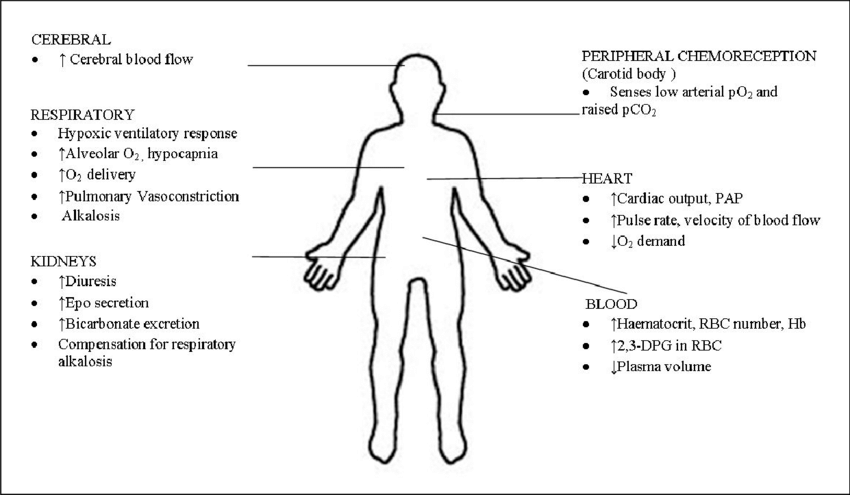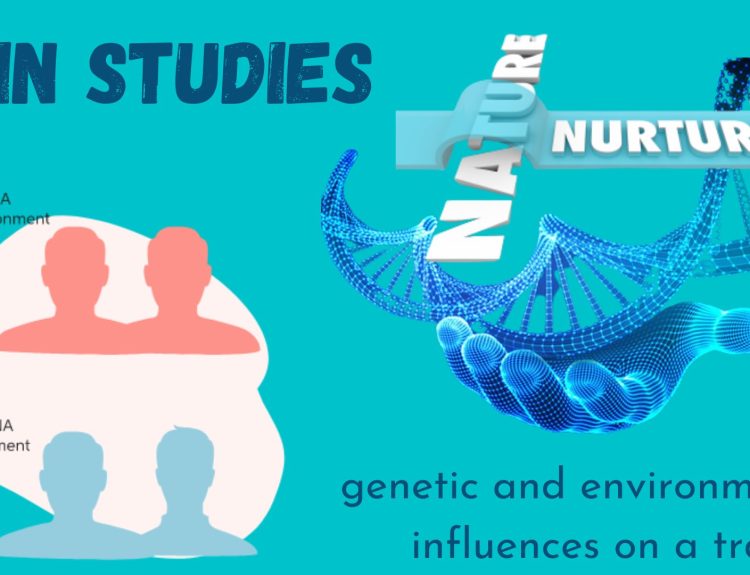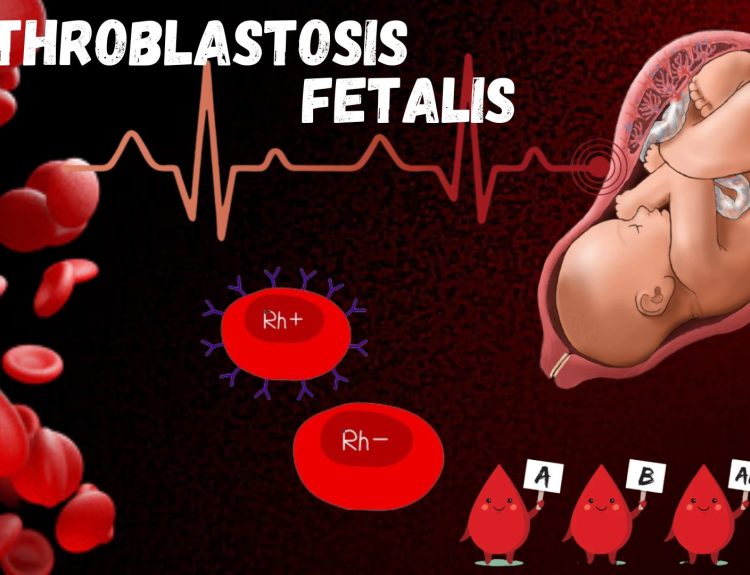Physical anthropology, the scientific examination of human biological and physiological traits and their evolutionary changes, provides a deep understanding of how humans adjust to their surroundings. As a field, acclimatization is intriguing since it deals with how people adapt to new environments. Acclimatization refers to the process by which a living creature makes physiological, anatomical, or morphological changes to enhance its performance or increase its chances of survival in reaction to changes in its environment. Acclimatization happens throughout a person’s lifetime, frequently over days to months, unlike long-term evolutionary changes that take place over generations. These are reversible, more or less habitual reactions. Acclimatization: The Subtle Dance Between Humans and Their Environment explores the complex mechanisms by which humans adapt both physically and behaviorally to different environmental situations in order to maintain their survival and achieve optimal performance.
According to the Cambridge Dictionary–
Acclimatization refers to the process of adjusting to various environmental conditions or circumstances, as well as the act of causing someone or something to undergo such adjustments.
Foreign drivers who are driving on the other side of the road for the first time may require a few days to adapt to the new driving conditions.
Insufficient acclimatization can result in altitude sickness at altitudes exceeding 8,000 ft.
Living at high altitudes
A well-researched aspect of acclimatization is the process by which humans adjust to elevated elevations. At sea level, the air pressure reaches its maximum value. As one increases in elevation, the air pressure progressively diminishes. At high altitudes, the atmosphere has lower oxygen levels, resulting in hypoxia, a condition characterized by insufficient oxygen supply to the body’s tissues. When people relocate to higher elevations, their bodies react by elevating respiratory rates, generating additional red blood cells, and enhancing the efficiency of oxygen transportation. After the first ascent, acclimatization to high altitude lasts for months or even years and eventually allows humans to thrive in an environment that would kill them without acclimatization. For example, individuals living in the Andean highlands in South America or the Himalayas in Asia have developed extraordinary physiological adaptations. These benefits encompass enhanced pulmonary capacity and improved circulatory efficiency to counterbalance the reduced oxygen levels. Curiously, individuals who relocate to high altitudes from sea level can adapt to the new environment gradually, although not to the same degree as those who are native to highland areas.
Altitude sickness can result from improper acclimatization and can cause mild to severe symptoms. The most prevalent type, known as acute mountain sickness (AMS), is characterized by headache, nausea, dizziness, and exhaustion. Higher-Altitude Cerebral Edema (HACE), which causes swelling in the brain and results in disorientation, poor coordination, and even coma, and High-Altitude Pulmonary Edema (HAPE), which causes fluid to build up in the lungs and causes significant breathing difficulties, are two more dangerous conditions. Preventing and effectively managing altitude sickness requires an understanding of these disorders and their symptoms.

A safe and comfortable acclimatization to high altitude can be achieved with the help of certain helpful guidelines. The body can acclimate to lower oxygen levels by gradually ascending higher after a few days at a moderate elevation. When one climbs to a higher height during the day and descends to a lower altitude for sleep, the “climb high, sleep low” method is very successful because it helps the body adapt more effectively. In addition, it’s critical to keep an eye out for early indications of altitude sickness, such as headaches, nausea, and dizziness, and to act quickly if any appear. By using these useful suggestions, you can lessen the hazards related to exposure to high altitude and facilitate a more seamless acclimatization process.
Read- Evolutionary significance of Bipedalism and Erect posture
Adaptation in Daily Life
Acclimatization happens in many facets of daily life and is not just confined to harsh settings like high elevations. Consider, for example, how humans adapt to variations in temperature over several seasons. As winter draws near, people adapt by acquiring a higher resistance to cold, typically through modest physiological adjustments such as enhanced blood circulation to the extremities and an increased metabolic rate to produce more body heat. Acclimatization to heat and humidity occurs similarly for people who relocate from temperate to tropical regions. Over time, their sweat glands grow more efficient, aiding in body cooling, and their bodies develop an enhanced ability to store salt, thereby preventing dehydration.
Urban Acclimatization
Acclimatization in modern metropolitan contexts influences how humans adjust to pollution. Urban residents frequently acquire resistance to elevated concentrations of air pollutants, such as fine particles and atmospheric haze. While it may not alleviate the adverse impacts of pollution, it does showcase the body’s ability to adapt to challenging conditions. The body’s response to contaminated air includes increased mucus production and strengthened respiratory defences.
With the changing global settings caused by climate change, it is crucial to have a deep grasp of acclimation. The escalating temperatures, shifting weather patterns, and heightened pollution levels will necessitate humanity to adjust in novel manners. Moreover, space exploration offers novel opportunities for adaptation. In the pursuit of space exploration, it is crucial to comprehend the physiological adjustments that the human body undergoes in response to microgravity and other circumstances found outside Earth’s atmosphere. This knowledge is vital for ensuring the success of extended space missions and the establishment of human settlements in extraterrestrial environments.
Conclusion
Acclimatization is a continuous and active process that showcases the impressive flexibility of the human body. Humans constantly adapt to their circumstances, whether it is through high-altitude adaptations, seasonal shifts, or urban pollution. Through the examination of these processes, physical anthropology not only provides insights into our historical origins but also prepares us to confront forthcoming obstacles, guaranteeing our ability to adapt to a constantly evolving world.
References
Britannica, T. Editors of Encyclopaedia (2021, October 31). acclimatization. Encyclopedia Britannica. https://www.britannica.com/science/acclimatization
Cambridge Dictionary, Cambridge University Press & Assessment 2024, archived from the original on June 19, 2024.
Demmig-Adams, B., Dumlao, M. R., Herzenach, M. K., & Adams, W. W. (2008). Acclimation. In S. E. Jørgensen & B. D. Fath (Eds.), Encyclopedia of Ecology (pp. 15-23). Academic Press. https://doi.org/10.1016/B978-008045405-4.00001-X







